Once inside Chicago’s Adler Planetarium, summer museumgoers stroll down a backlit hallway that shifts between dreamy blues and purples while projected stars spiral across the carpeted floor. These splashes of light represent the gigantic first-generation stars that lived brightly, albeit briefly, before exploding into supernovas that spewed out the minerals and metals we use today—the calcium in our bodies, the gold on our wristwatches. Astrophysicist Lucianne Walkowicz, our cosmic guide for the day, is excitedly explaining this as a star swirls beneath her feet. After a moment, the projection explodes across the floor in a brilliant, colorful burst.
This is just one of the interactive digital elements woven throughout the planetarium in an effort to make the dark expanses of cosmology more tangible. Luckily for the inquisitive sort, Walkowicz is keen to share her passion for these celestial bodies. She studies how stars affect a planet’s habitability—whether the high-energy radiation beaming off a given star might allow its particular spinning planets to sustain life. Besides being a resident astronomer at Adler, Walkowicz, 36, is a former NASA Kepler Fellow for the study of planet-bearing stars at UC Berkeley and a current leader in the Large Synoptic Survey Telescope (LSST) mission, which will photograph the visible sky every few nights from a Chilean mountaintop, capturing, as LSST describes it, “the greatest movie ever made... the first motion picture of our universe.”
Beneath Adler, Walkowicz’s windowless office is almost devoid of the cosmic grandeur above, though that doesn’t temper her enthusiasm. “We think of space being this really abstract, out-there thing, but it’s governed by rules that we’re familiar with—like what happens when you pour cream in your coffee,” she says. In particular, Walkowicz is interested in turning scientific data into art—for example, transforming the frequencies of spinning stars into music—so that her audience can encounter scientific information in a more fluid, unsolved form, rather than via “an explanatory plaque at a museum.” She hopes her art will push people to the most ancient of human experiences: wonder.
“You can walk through a park and encounter a piece of art without expecting it,” she says, “but there’s nothing like that in science.” To counter this, she spearheaded Science Train, a guerrilla astronomy project, which stuck scientists on public transit to answer questions everyday commuters might have. Last year, they invaded New York City subways without notifying authorities—happily, nobody complained—and are headed to Chicago next. “We’re not proselytizing science, we’re just putting ourselves where people are,” she says.
Still, Walkowicz is eager to share her knowledge through whatever means available. “Science is a very human undertaking, and I see astronomy as a very human experience. Wondering, for example, ‘Is there life in the universe?’ is a very human question,” she says, lamenting that those who don’t pursue science professionally often feel excluded from the magic of the cosmos.
“I feel very compelled to use astronomy as a platform to empower people, and particularly to empower a wider variety of people than have traditionally partaken in science or thought of themselves as scientists,” she says. “If you have a diverse environment, that means that you have a representative sample of humanity asking questions about the world around them.”
















 A young lion playing with an older animal
A young lion playing with an older animal A colorful bird appears to be yelling at it a friend
A colorful bird appears to be yelling at it a friend An otter appears like it's holding its face in shock
An otter appears like it's holding its face in shock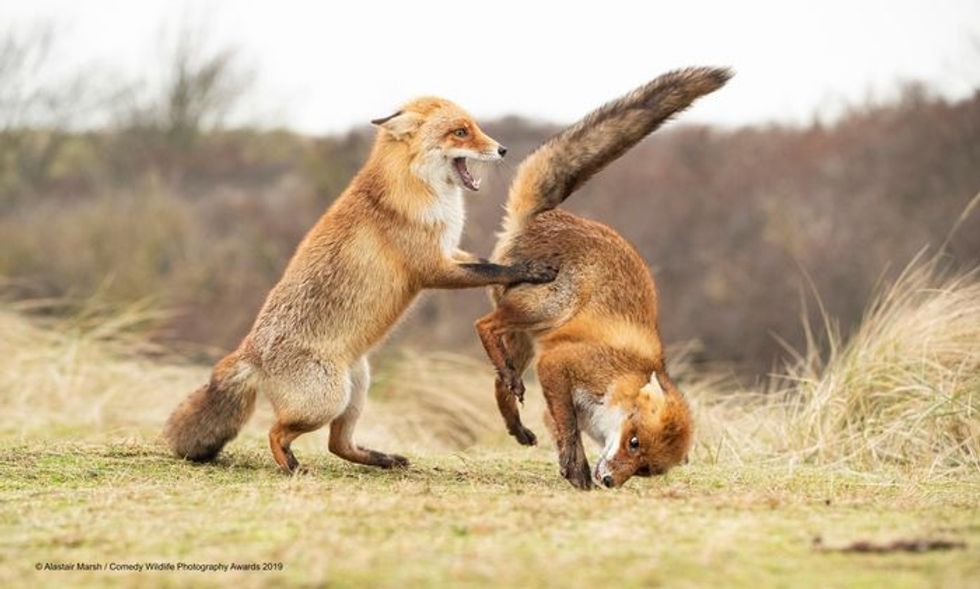 Two young foxes playing in the wild
Two young foxes playing in the wild Two otters appear to be laughing together in the water
Two otters appear to be laughing together in the water A fish looks like it's afraid of the shark behind it
A fish looks like it's afraid of the shark behind it A bird appears to be ignoring their partner
A bird appears to be ignoring their partner A squirrel looks like it's trapped in a tree
A squirrel looks like it's trapped in a tree A bear holds hand over face, making it appear like it's exhausted
A bear holds hand over face, making it appear like it's exhausted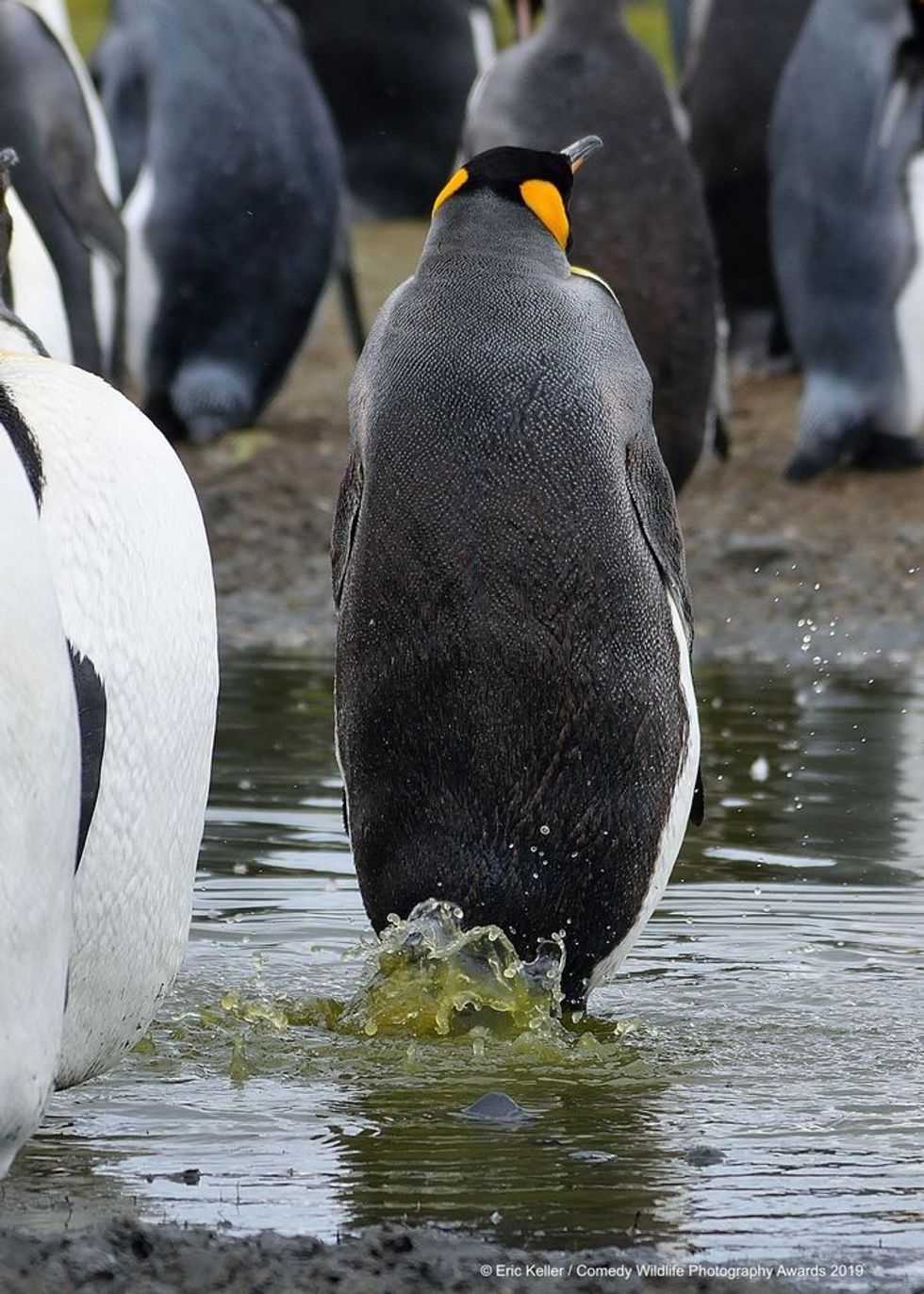 A penguin looks like its trying to appear inconspicuous
A penguin looks like its trying to appear inconspicuous A young squirrel smells a flower
A young squirrel smells a flower An insect appears to be smiling and waving at the camera
An insect appears to be smiling and waving at the camera An otter lies on its side apparently cracking up laughing
An otter lies on its side apparently cracking up laughing Two monkeys caught procreating
Two monkeys caught procreating A young chimp relaxes with its hands behind its head
A young chimp relaxes with its hands behind its head A snowy owl appears to be smiling
A snowy owl appears to be smiling  A monkey holds finger to face as if it's lost in thought
A monkey holds finger to face as if it's lost in thought A turtle crossing the road under a 'slow' sign
A turtle crossing the road under a 'slow' sign A polar bear lies on its back like it's trying to hide
A polar bear lies on its back like it's trying to hide A rodent strikes human-like pose
A rodent strikes human-like pose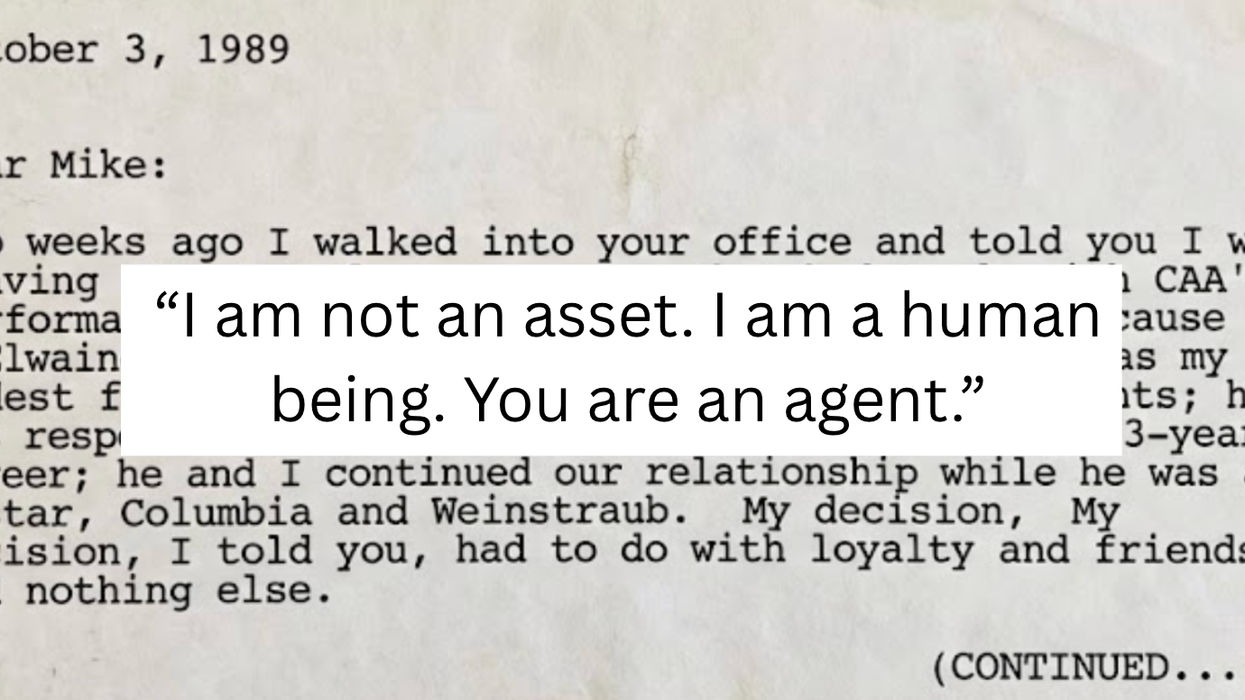
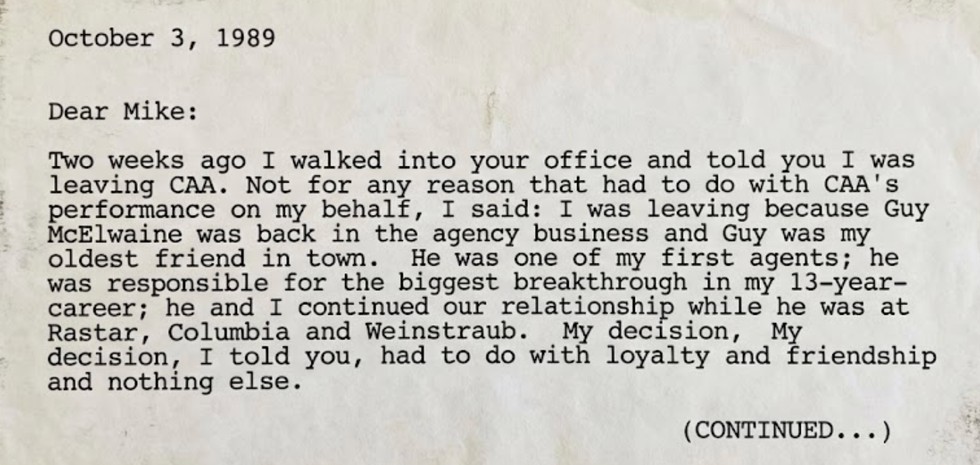 An excerpt of the faxCanva
An excerpt of the faxCanva
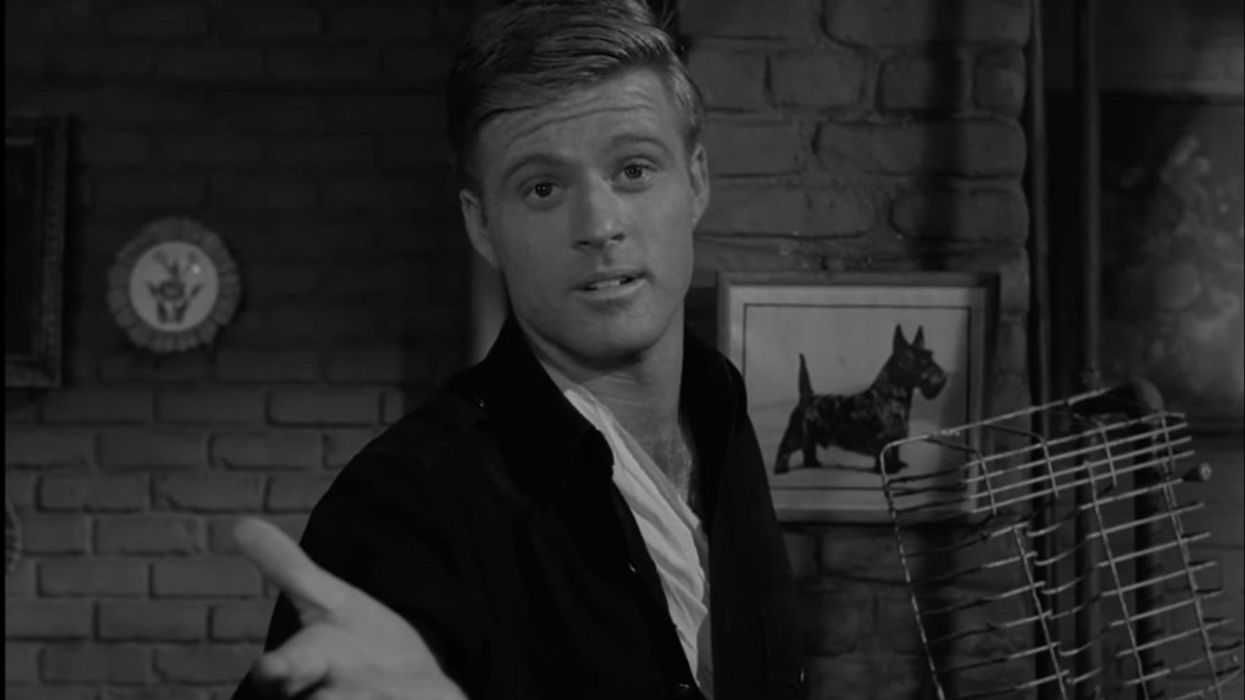
 Robert Redford advocating against the demolition of Santa Monica Pier while filming "The Sting" 1973
Robert Redford advocating against the demolition of Santa Monica Pier while filming "The Sting" 1973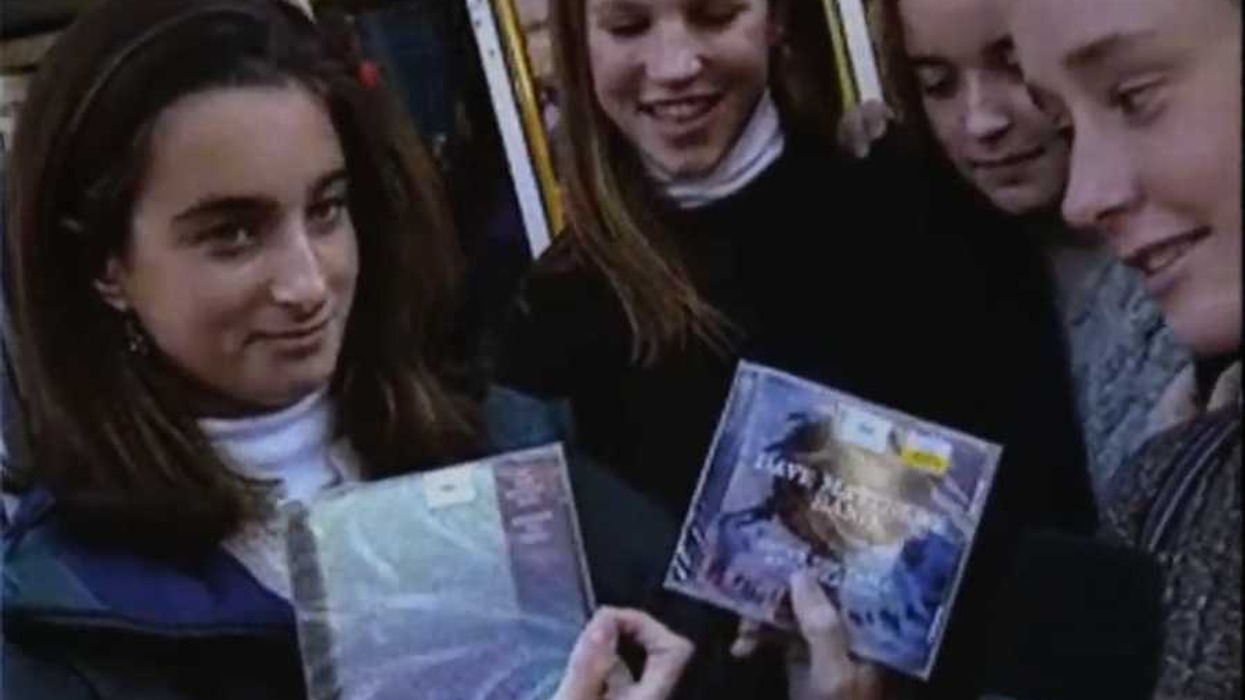


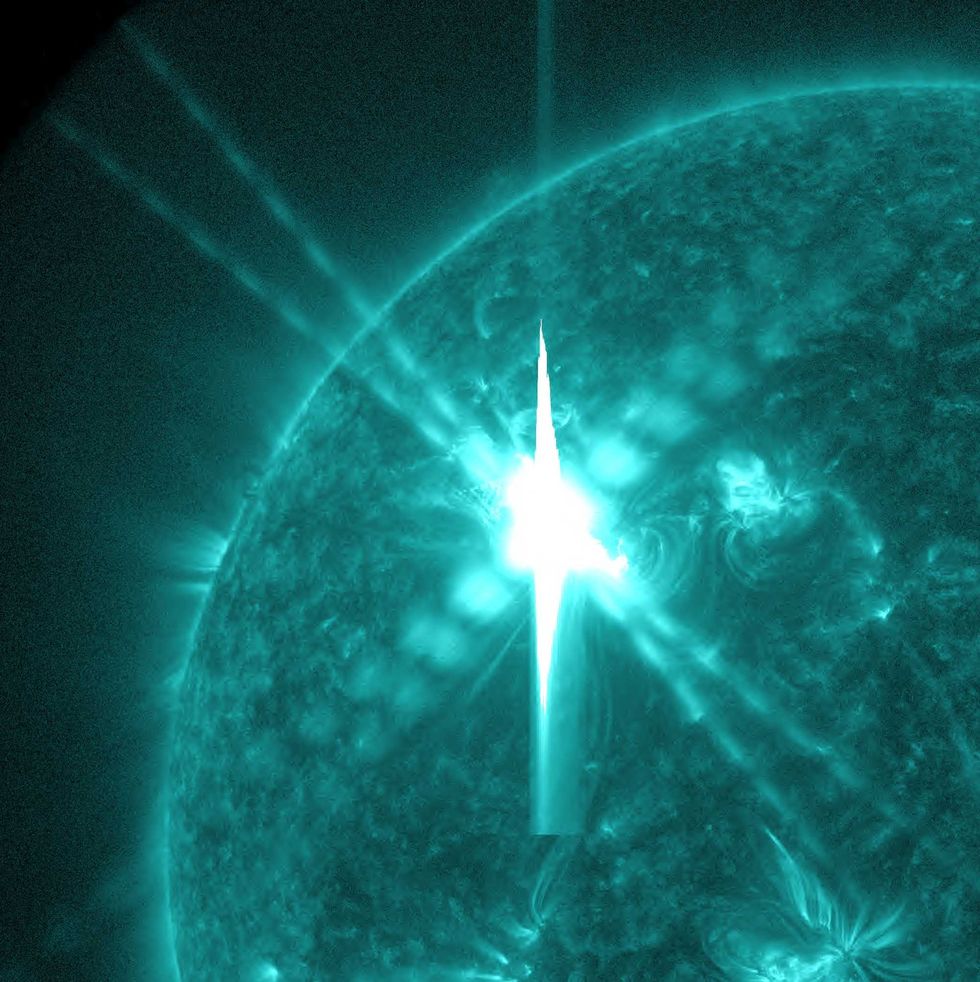 Image artifacts (diffraction spikes and vertical streaks) appearing in a CCD image of a major solar flare due to the excess incident radiation
Image artifacts (diffraction spikes and vertical streaks) appearing in a CCD image of a major solar flare due to the excess incident radiation